The Pride flag has a rich and evolving history from its origins in the 1970s to the present day. The Pride flag is an iconic symbol of the LGBTQ+ community and its struggle for equal rights. It is widely recognized by many as a symbol of diversity, inclusion, and celebration of love, equality and identity. The flag has undergone several changes and variations over the years since its inception in 1978.
Progress Pride Flag Raising Ceremony in Toronto
On June 1st, 2023 Deputy Mayor Jennifer McKelvie, Members of Toronto Council and representatives from Pride Toronto will raise the Progress Pride flag at the City Hall podium roof at 12:30 p.m. to kick off Pride Month. The Progress Pride flag will also be raised this year at all civic centres on June 1 to kick off Pride Month. A ceremony will be held at 9 a.m. at Mel Lastman Square, Albert Campbell Square and Etobicoke Civic Centre celebrating the history, diversity and courage of 2SLGBTQ+ communities. Visit toronto.ca/pridemonth for additional flag raising ceremony locations.
The First Pride Flag
The first Pride flag was created by Gilbert Baker in 1978. Baker was a gay rights activist and artist who was commissioned by San Francisco city supervisor Harvey Milk to create a flag for the gay community. The original design consisted of eight colours, each with a symbolic meaning. These colours were hot pink (sexuality), red (life), orange (healing), yellow (sunlight), green (nature), turquoise (magic/art), blue (serenity/harmony), and violet (spirit).
However, due to a shortage of hot pink fabric, that color was dropped, and the flag became a seven-colour design.
Why the Colours of The Rainbow?
Why a rainbow? Baker explained in a 2008 interview with the Independent, a British newspaper: “In 1978, when I thought of creating a flag for the gay movement, there was no other international symbol for us than the pink triangle, which the Nazis used to identify homosexuals in concentration camps. Even though the pink triangle was and still is a powerful symbol, it was very much forced upon us. I almost instantly thought of using the rainbow. To me, it was the only thing that could really express our diversity, beauty and our joy. I was astounded nobody had thought of making a rainbow flag before because it seemed like such an obvious symbol for us.”
The new colours were red, orange, yellow, green, blue, indigo, and violet.
The Pride flag made its debut at the San Francisco Gay Freedom Day Parade on June 25, 1978. The original flag was hand-dyed and measured 30 feet wide and 60 feet long. The flag quickly became a symbol of the gay rights movement, diversity and inclusion and was used at pride events around the world.
Pride Flags from 1979 onwards
In 1979, the flag’s design was changed again, and the turquoise stripe was replaced with a blue stripe. This change was made because it was easier to obtain blue fabric than turquoise, and the new colour scheme was easier to mass-produce.
Over the years, several variations of the Pride flag have emerged, each with its own unique meaning and symbolism. For example, the bisexual pride flag features three horizontal stripes of pink, purple, and blue, each representing a different aspect of bisexuality.
The transgender pride flag was created in 1999 by transgender activist Monica Helms. It features five horizontal stripes: two light blue stripes representing boys, two pink stripes representing girls, and a white stripe in the middle representing those who are transitioning, intersex, or who identify as having a neutral or undefined gender.
In 2017, Philadelphia added black and brown stripes to the traditional Pride flag to represent people of color within the LGBTQ+ community. This new design was met with mixed reactions, with some people arguing that the flag had become too complicated and others praising the inclusion of people of color.
What Pride Flags Looks Like Today
There are more than 20 different Pride Flags used to celebrate the movement. The 6-Color Pride Flag is one of the most well-known and used LGBTQ+ flags, and includes the colours red, orange, yellow, green, indigo, and violet. Other Pride Flags to look for include:
- Progress Pride Flag
- Bisexual Flag
- Lesbian Flag
- Transgender Flag
- Non-Binary Flag
- Pansexual Flag
- Intersex Flag
- Asexual Flag
- Genderfluid Flag
- Agender Flag
- Genderqueer Flag
- Straight Ally Flag
Rainbow Controversy- Have the Flag and Rainbow Graphics Become too Commercial?
We have members of our team with complicated relationships with Pride and usage of the Rainbow Graphics and Flag. Tell us in the comments what you think.

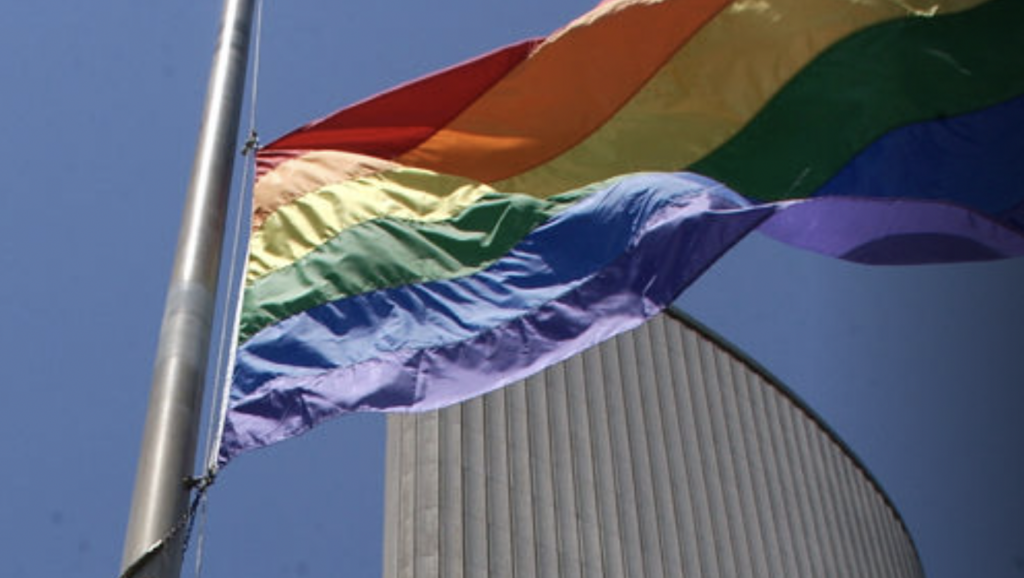
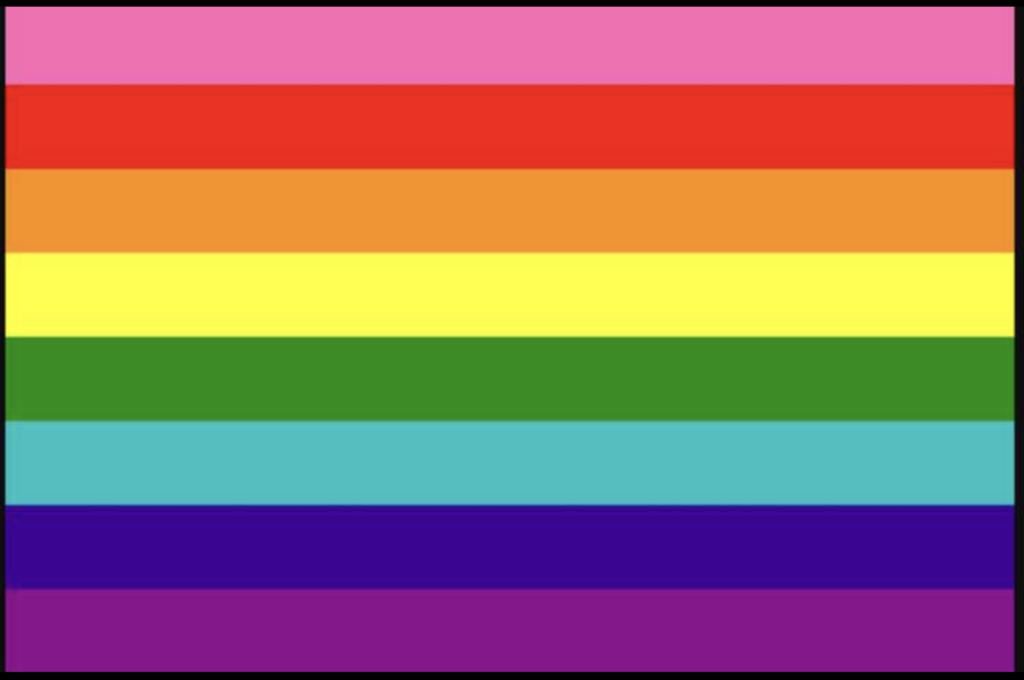
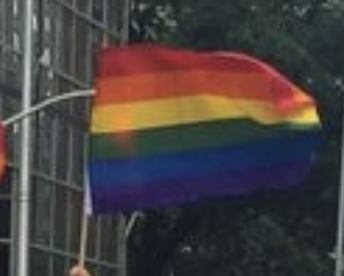
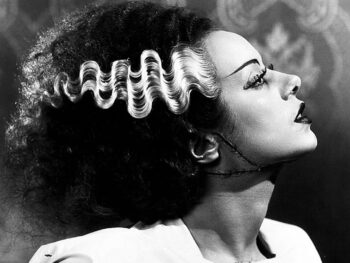
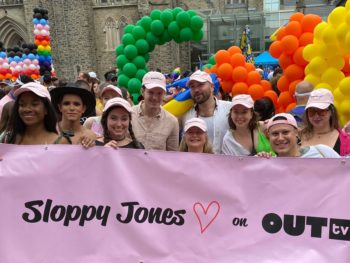
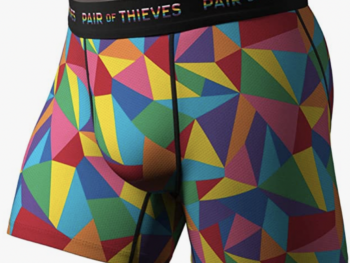
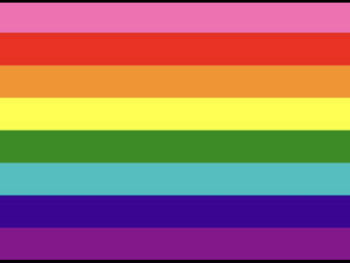

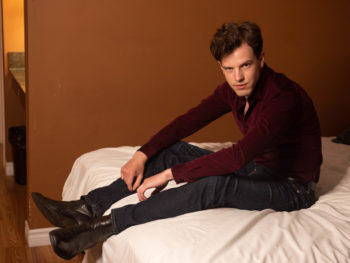

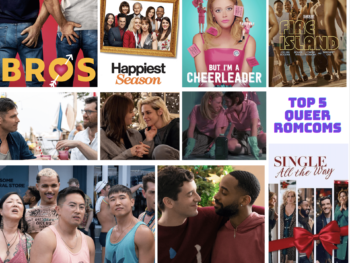

 WIP: Jonathan Neil Alexander EPK
WIP: Jonathan Neil Alexander EPK

Leave a Reply